Aneroid Sphygmomanometer without Stethoscope
₹1,025.00 Original price was: ₹1,025.00.₹999.00Current price is: ₹999.00.
An aneroid sphygmomanometer without a stethoscope is a medical device used to measure blood pressure. It features a dial gauge that provides a visual reading of the pressure in millimeters of mercury (mmHg) as the cuff is inflated and deflated manually. Unlike traditional sphygmomanometers that require a stethoscope to auscultate heart sounds, this version may rely on palpation techniques or digital technology for readings. It is often compact and portable, making it suitable for home use or in situations where simplicity and ease of use are essential for monitoring blood pressure effectively.
An aneroid sphygmomanometer without stethoscope is a medical device used for measuring blood pressure without sounding instruments enhancing its portability and ease of use Here are fifteen key points that provide additional information about this instrument
1 It is a manual device typically consisting of a pressure gauge and an inflatable cuff designed to measure blood pressure non invasively
2 The device operates based on the principle of oscillometry which measures the vibrations in the artery as the cuff deflates
3 Users must have a basic understanding of blood pressure anatomy to use this device effectively including knowledge of systolic and diastolic readings
4 It provides accurate readings when used correctly frequently relying on a clear visual reading from the dial gauge
5 The aneroid design means it uses mechanical parts rather than electronics so it is less prone to technical failures or battery issues
6 This device is often used in medical settings such as hospitals clinics and home healthcare environments for routine monitoring
7 One significant advantage of omitting the stethoscope is that it allows for a more streamlined process for measuring blood pressure especially in quick assessments
8 The cuffs are available in various sizes making the device adaptable for use on patients of different ages and body sizes
9 To use an aneroid sphygmomanometer properly the cuff must be positioned accurately around the upper arm ensuring it is snug but not overly tight
10 Regular calibration of the gauge is important to maintain accuracy ensuring that the readings reflect the true blood pressure of the patient
11 It is essential for the user to have good technique in order to avoid inaccurate readings which can occur through improper cuff placement or inflation
12 The compact nature of this device makes it highly portable suitable for healthcare professionals who need to take readings outside of a traditional medical setting
13 The absence of a stethoscope can make it quieter and less intimidating for patients especially in pediatric settings
14 Accessibility is a key feature as these devices can be used without specialized training allowing more general healthcare staff to perform basic blood pressure assessments
15 Despite the lack of auditory feedback from a stethoscope these devices can still be used effectively alongside other clinical assessment tools to monitor cardiovascular health
This device plays an important role in the continuous monitoring and management of blood pressure contributing to better health outcomes
Related products
-
Stethoscope
Stethoscope Premium
Rated 0 out of 5₹1,950.00Original price was: ₹1,950.00.₹1,299.00Current price is: ₹1,299.00. Add to cart Buy Now -
Stethoscope
Stethoscope Black Color
Rated 0 out of 5₹1,850.00Original price was: ₹1,850.00.₹499.00Current price is: ₹499.00. Add to cart Buy Now -
Sphygmomanometer
Aneroid Sphygmomanometer with Stethoscope OAS102
Rated 0 out of 5₹1,250.00Original price was: ₹1,250.00.₹1,099.00Current price is: ₹1,099.00. Add to cart Buy Now -
Sphygmomanometer
Mercurial Sphygmomanometer 2.3 OMS101
Rated 0 out of 5₹2,450.00Original price was: ₹2,450.00.₹2,399.00Current price is: ₹2,399.00. Add to cart Buy Now
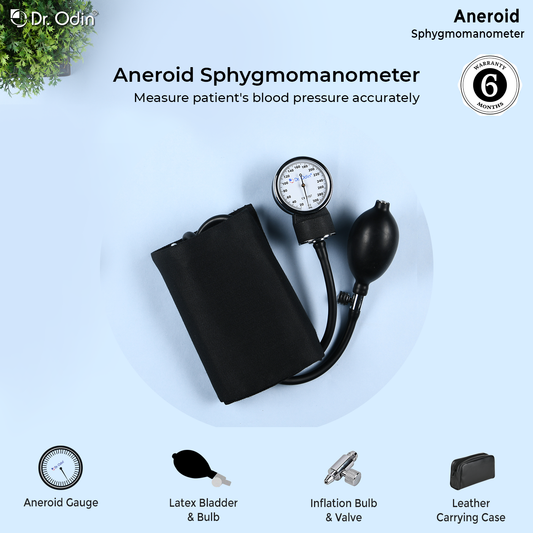
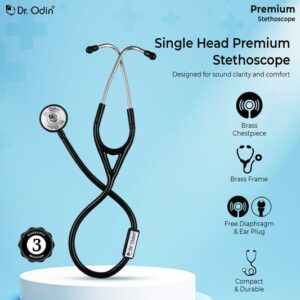
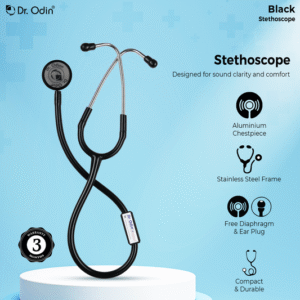
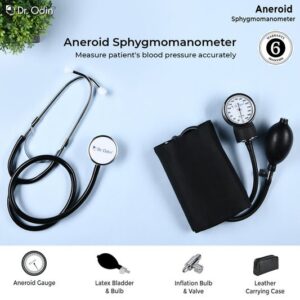
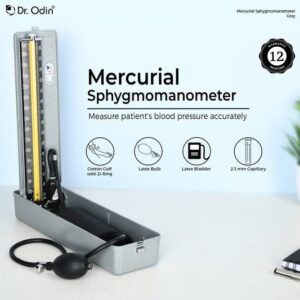

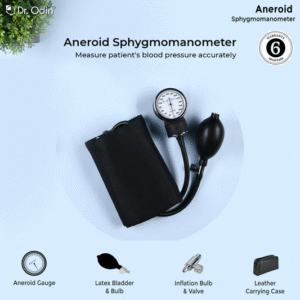
Reviews
There are no reviews yet.